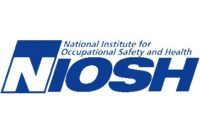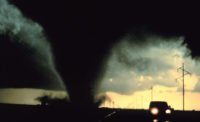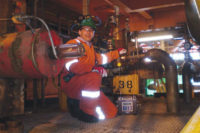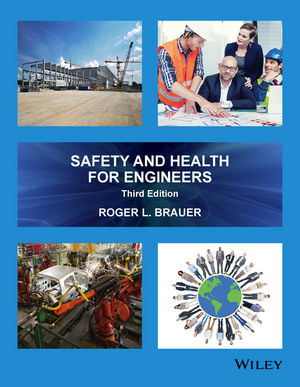NIOSH Science Blog
Conducting responder health research and biomonitoring during and following disasters
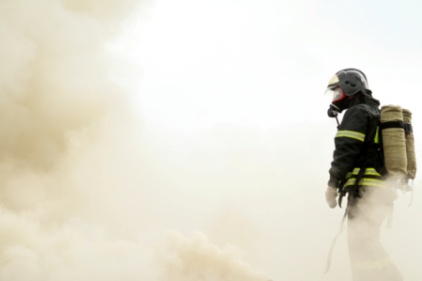
 When responding to a disaster, emergency workers may face unique health risks from exposures to hazardous chemical and environmental contaminants in forms and circumstances often not seen in other occupations. While the paramount needs to be addressed in a disaster are the protection of people in the disaster zone and the safety and health of the responders, disasters often provide the opportunity to conduct research on potential short- and long-term health effects among responders. Knowledge gained from such research will improve the ability of safety and health professionals, administrators, and coordinators to safeguard responders as immediate rescue, recovery, and clean-up activities proceed. As well, it will improve our procedures for safeguarding responders in future emergencies. While this can provide a unique opportunity, the disaster environment presents many challenges for research while response is proceeding.
When responding to a disaster, emergency workers may face unique health risks from exposures to hazardous chemical and environmental contaminants in forms and circumstances often not seen in other occupations. While the paramount needs to be addressed in a disaster are the protection of people in the disaster zone and the safety and health of the responders, disasters often provide the opportunity to conduct research on potential short- and long-term health effects among responders. Knowledge gained from such research will improve the ability of safety and health professionals, administrators, and coordinators to safeguard responders as immediate rescue, recovery, and clean-up activities proceed. As well, it will improve our procedures for safeguarding responders in future emergencies. While this can provide a unique opportunity, the disaster environment presents many challenges for research while response is proceeding.
These limitations include the following:
- response activities are the first priority,
- researchers or research institutions may have limited access to incident leadership who can approve of research activities,
- engaging emergency response personnel is difficult in research activities not immediately pertinent to the response,
- marshaling necessary resources quickly will be difficult, and timely recognition of research questions that are important for occupational health and safety will be difficult.
This blog describes factors to consider for the conduct of disaster research, as well as including biological monitoring (biomonitoring) during and after a disaster.
Deciding when to conduct disaster health research
A research study on responders can be costly and difficult to design. Researchers should consider...
Click here to read more, including information about NIOSH's online training to help organizations with their surveillance efforts.
Looking for a reprint of this article?
From high-res PDFs to custom plaques, order your copy today!




